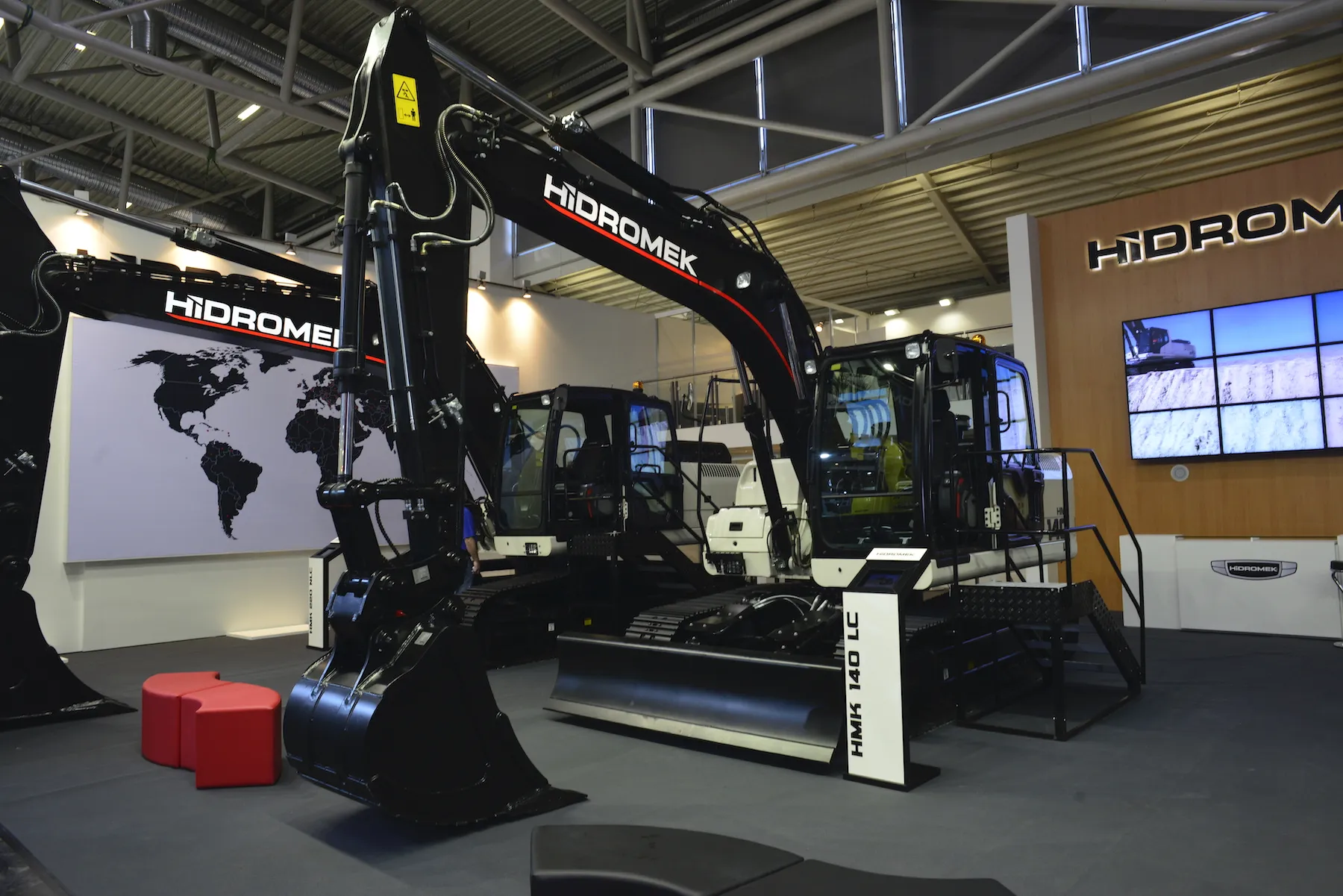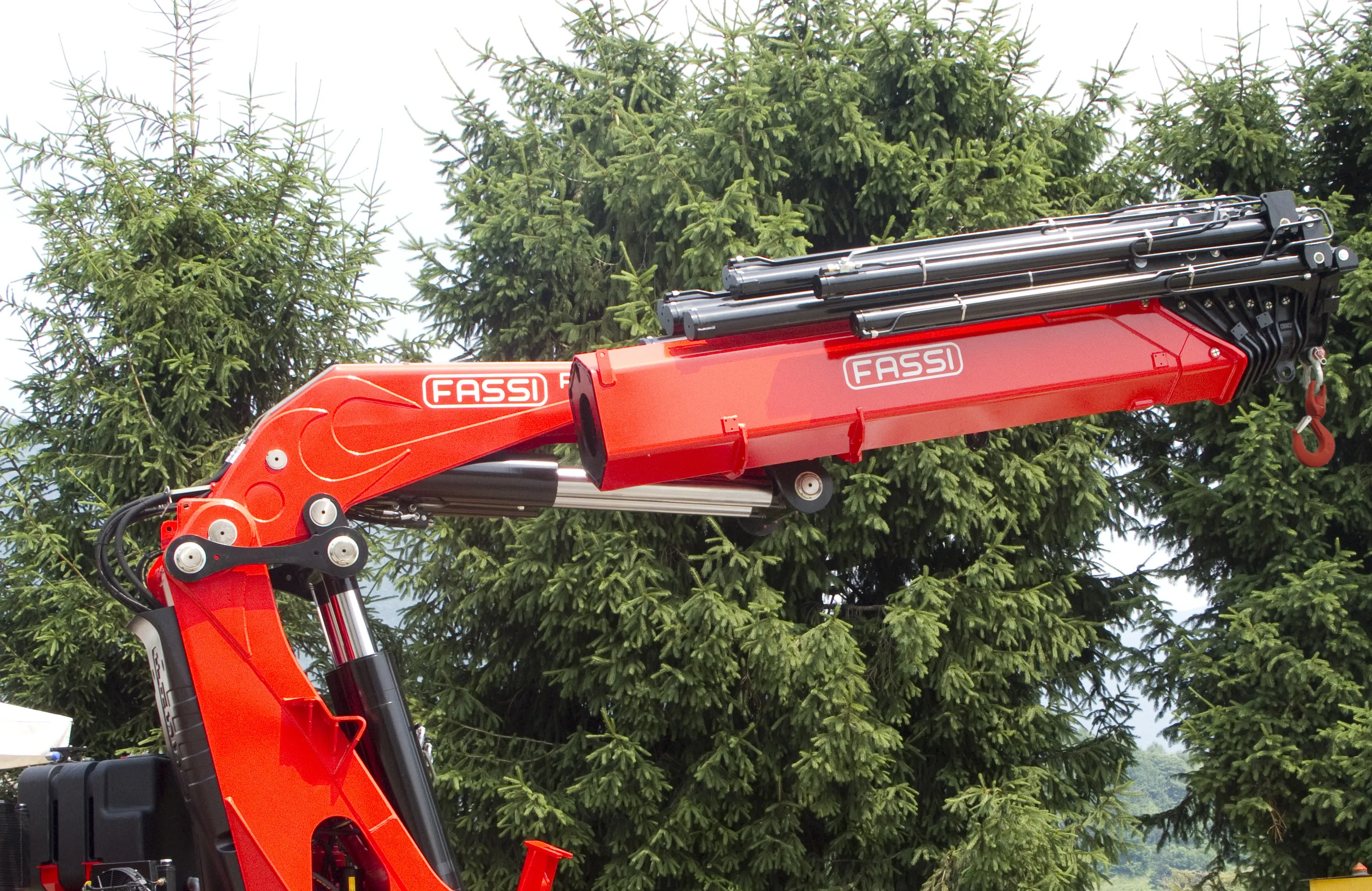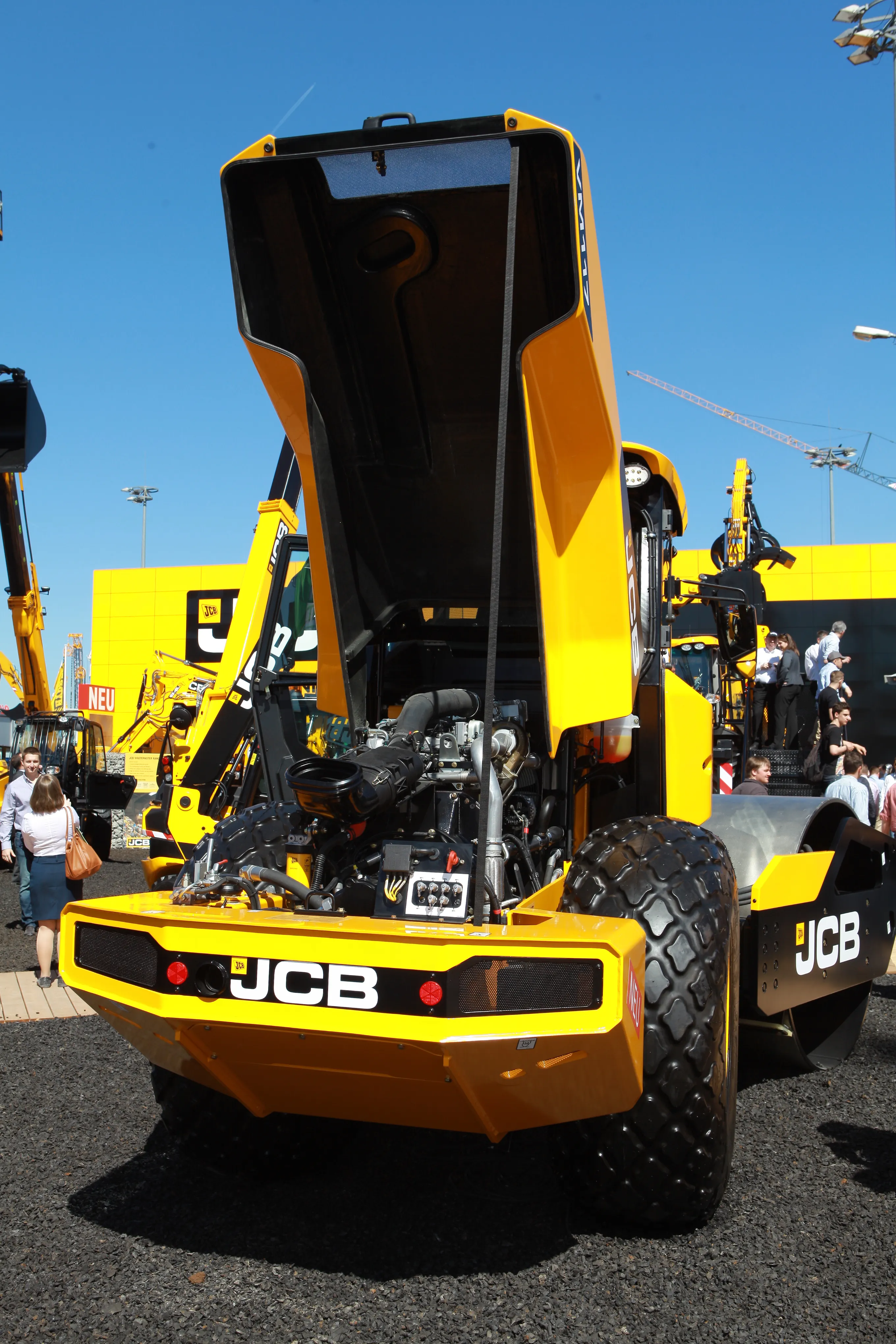Hidromek is introducing new 15tonne and 21tonne wheeled excavators that benefit from new cab designs. Export manager Anil Bingöl said, “We are targeting mainland Europe with our wheeled excavators.” Said to be highly versatile, the HMK140W and HMK200W machines are offered in Tier 4 Interim/Stage IIIB emission certified format and offer high performance and productivity. High quality European and Japanese components are used and the machines are said to be easy to operate and offer precise control. These new
February 6, 2013
Read time: 2 mins

Said to be highly versatile, the HMK140W and HMK200W machines are offered in Tier 4 Interim/Stage IIIB emission certified format and offer high performance and productivity. High quality European and Japanese components are used and the machines are said to be easy to operate and offer precise control. These new wheeled excavators also are equipped with Hidromek’s latest telematics package, which uses satellite communications to provide a continuous flow of information on operating performance for customers. The data can be viewed in real time by fleet managers at locations remote from the actual machine, to analyse operating parameters. The system also offers GPS location geofencing and can be used to identify any technical problems, with remote trouble-shooting tackling software or calibration issues for example.
%$Linker:








